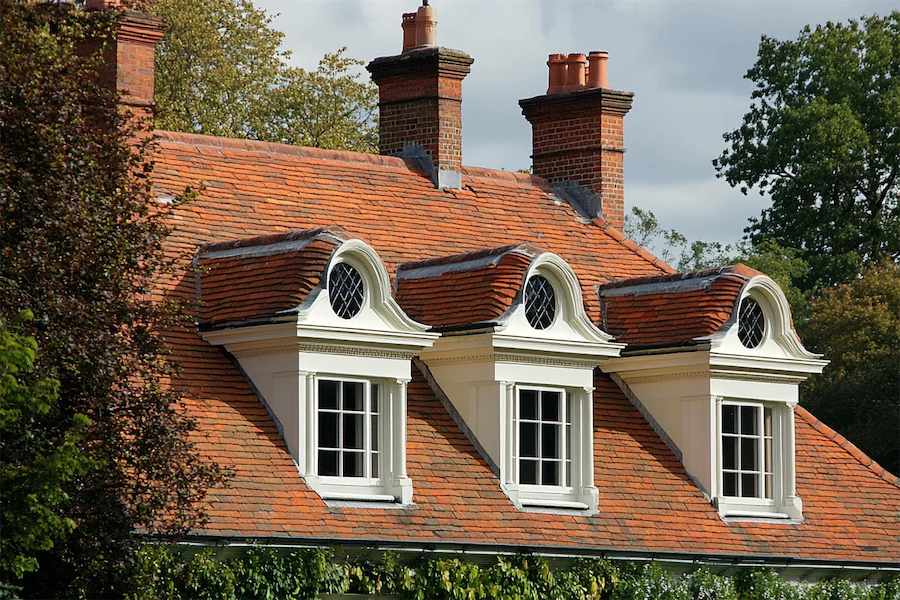Georgian architecture, which flourished during the reigns of the first four British monarchs named George (1714–1830), is renowned for its emphasis on symmetry, proportion, and classical details. The design of roofs in Georgian-style buildings plays a significant role in achieving the harmonious and balanced aesthetic characteristic of this architectural period.
History and Origins of Georgian Roofs
The Georgian architectural style drew inspiration from the classical architecture of ancient Greece and Rome, as well as the Renaissance interpretations of these forms. This influence is evident in the roof designs, which were crafted to complement the overall symmetry and proportion of Georgian buildings. The choice of roof style often varied based on regional preferences and the specific period within the Georgian era.
Key Features of Georgian Roofs
Georgian roofs are distinguished by several defining characteristics:
- Hipped Roofs: A prevalent feature in Georgian architecture, hipped roofs slope down on all sides of the building, contributing to a uniform and symmetrical appearance. This design not only enhances the aesthetic appeal but also improves the roof’s stability and resistance to wind.
- Side-Gabled Roofs: In some Georgian structures, particularly in American colonies, side-gabled roofs were employed. These roofs have two sloping sides that meet at a central ridge, aligning with the symmetrical design principles of Georgian architecture.
- Dormer Windows: To illuminate attic spaces and add visual interest, dormer windows were often incorporated into the roof. These projections not only provide natural light but also break the monotony of expansive roof surfaces, adding to the building’s elegance.
- Parapets and Balustrades: In urban Georgian architecture, especially in terraced houses, parapet walls were used to conceal the roofline, creating a cleaner and more refined facade. Balustrades were sometimes added atop these parapets for decorative purposes.
Applications of Georgian Roofs
The roofing styles characteristic of Georgian architecture have been applied to various types of structures:
- Residential Buildings: Georgian homes, both detached and terraced, commonly feature hipped or side-gabled roofs, reflecting the style’s emphasis on symmetry and classical proportions. The inclusion of dormer windows and decorative elements like parapets further enhances their stately appearance.
- Public and Institutional Buildings: Many public edifices constructed during the Georgian era, such as courthouses and educational institutions, adopted similar roofing styles to convey a sense of order and permanence. The use of classical elements in the roof design reinforced the authority and stability these buildings were intended to represent.
Considerations When Choosing Georgian Roofs
When designing or restoring a Georgian-style roof, several factors should be taken into account:
- Material Selection: Traditional Georgian roofs were often covered with materials like slate or wood shingles. Selecting appropriate materials that match the original can help maintain the building’s historical integrity.
- Structural Support: The design of hipped roofs and the inclusion of dormer windows require careful planning to ensure adequate structural support, particularly in regions prone to heavy snowfall or high winds.
- Aesthetic Consistency: Attention to architectural details, such as cornices, moldings, and the proportion of roof elements, is essential to preserve the cohesive Georgian appearance. Ensuring that additions like dormers align with the building’s symmetry is crucial.
Conclusion
Georgian roofs are integral to the style’s emphasis on harmony, proportion, and classical elegance. Their thoughtful design not only enhances the visual appeal of Georgian buildings but also reflects the architectural principles of an era that continues to influence design today.
